During Dutch Design Week 2020, all virtual by the way, I stumbled upon several design innovations that struck a very sensitive chord in me. They are the kind that awaken all sorts of feelings, but mostly of hope of a better future, despite the blanket of melancholy that has cast its shadow upon us. Hence, I will be sharing them with you today, for they showcase in exemplary ways how design may affect different aspects of our living. And I’m not talking only about interior living, but our living experience as a whole..
Two weeks ago I posted about 5 sustainable product highlights as a first part of the Dutch Design Week 2020 review. Again, sustainability remains a pillar design trend, but the social impact of design is far more enticing in this post. So let’s look at these innovations, starting with my favorite.
7 Design Innovations on the Spotlight from the DDW20
Aiki – objects designed to provide autonomy to children during medical treatment. As a mother of two, this is something that made my heart throb hard. Medical encounters are hard and quite stressful, even under the best circumstances. Thus, Dutch designer Josephine de Fijter conceptualized a sensory object in collaboration with the Charlie Braveheart Foundation and Studio Bibi van der Veldenthat. This object – a cuddle tool – imitates breathing and “aims to prevent the child from enduring a traumatizing experience during medical care.” Moreover, it gives visual cues to the doctor (by changing colors) of the height of fear the child is experiencing. Now, that is unmistakably a design innovation with a positive impact on a child’s wellbeing.
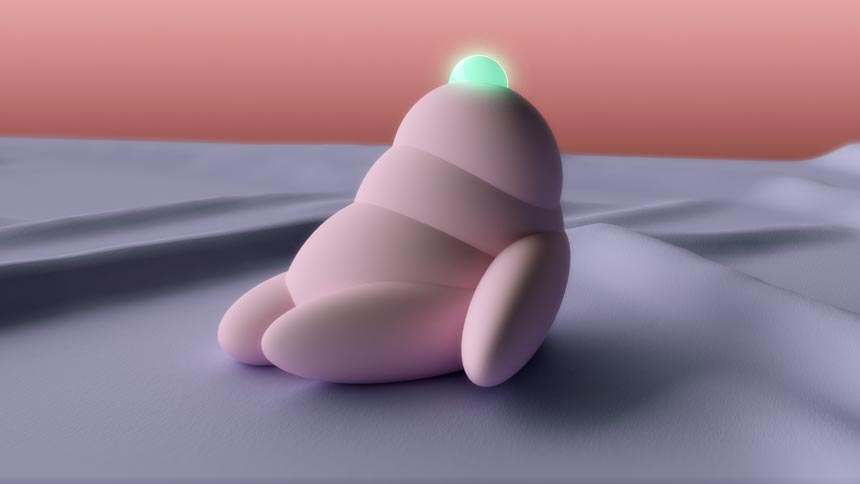
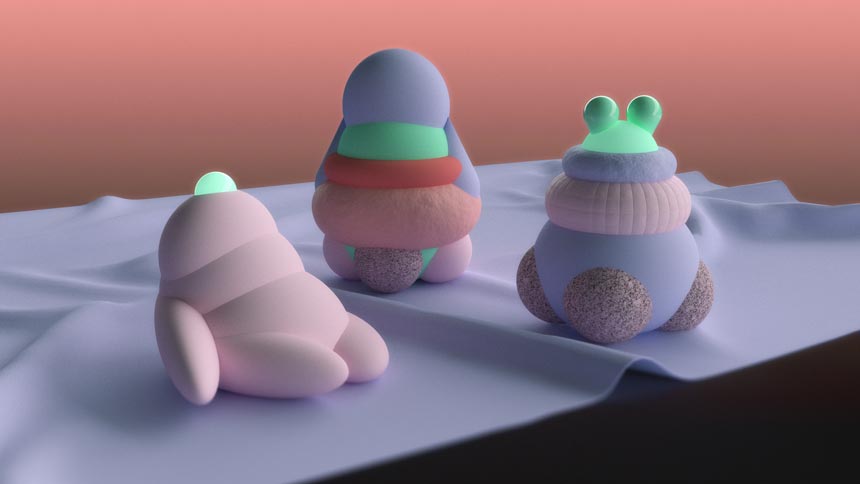
No species is an island. If you’re on board with this motto, then you are going to love Project Habitate, a beautiful and awe inspiring design innovation on symbiosis. Project Habitate takes the potential connection of humans to nature to a whole new level. It is about “a material that mimics the biostructure of the endangered ash tree’s bark to support the continued growth of associated organisms.” Think of species of mosses, lichen and fungi that are habitat-less and at risk of endangerment due to ash dieback, a disease that eradicates some 95 percent of the ash tree population in Europe. However, you can actively change all that with this wearable new material – that acts like a temporary home and supports the airborne reproduction of those species.
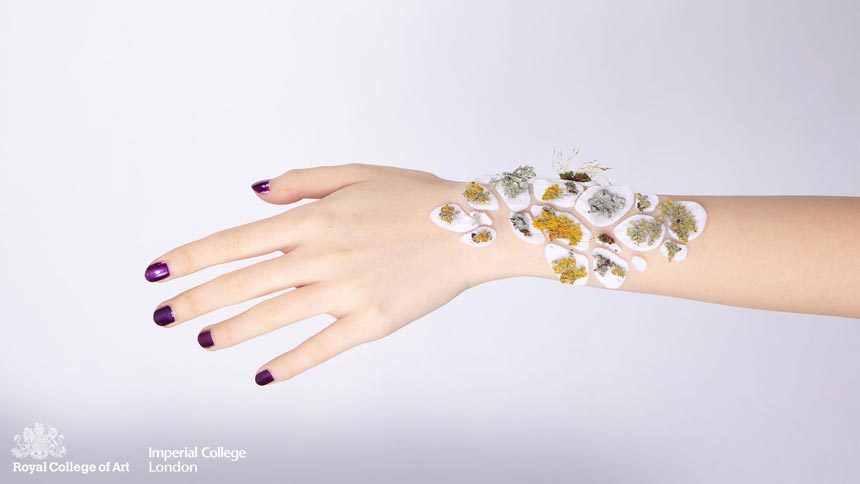
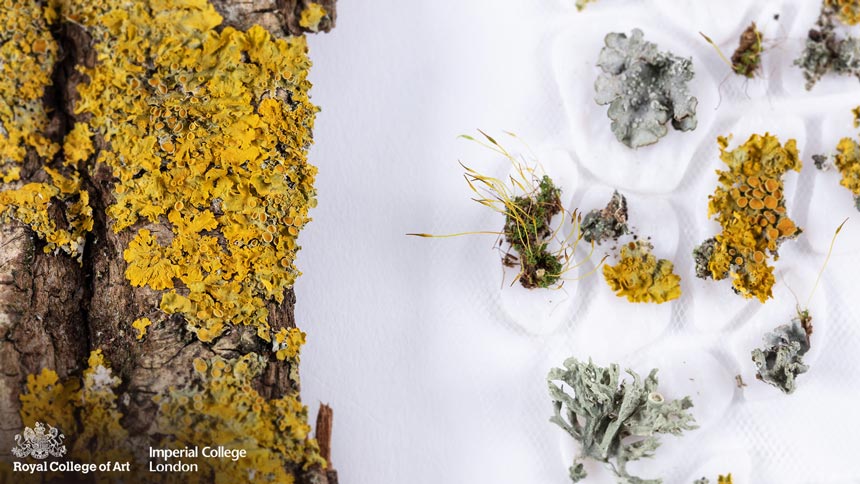
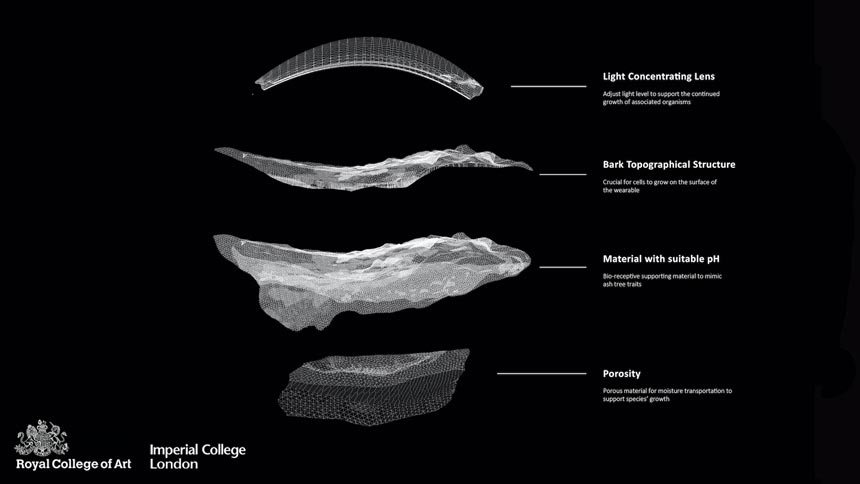
Insectology: Food for Buzz is a series of self-sustained artificial flowers that can serve “as an emergency food source for city dwelling insects.” Atelier Boelhouwer, fascinated by the connections between flowers and insects, developed a flower project that aims to help insect populations (like bees, bumblebees, hoverflies, butterflies and moths) flourish again in our urban jungles of concrete.
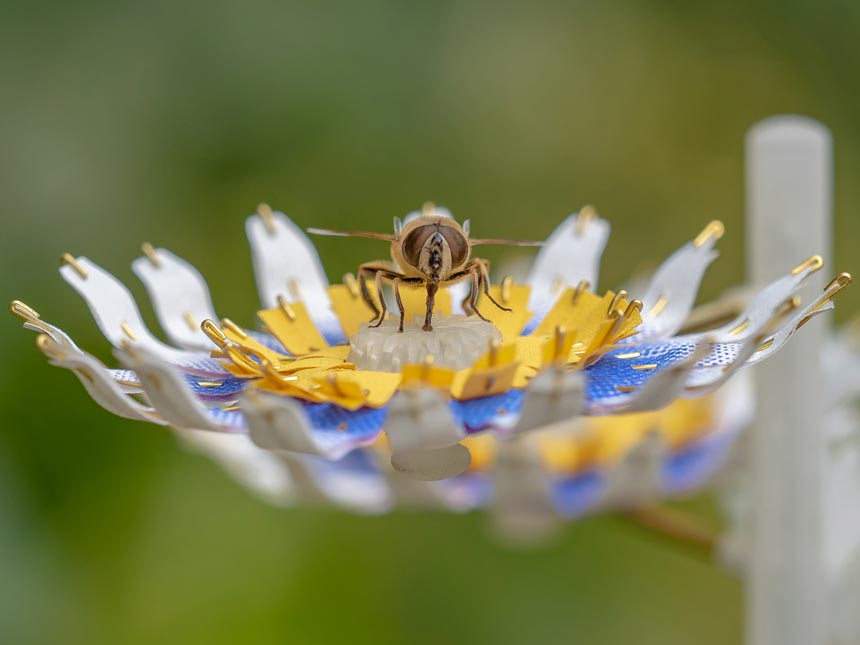
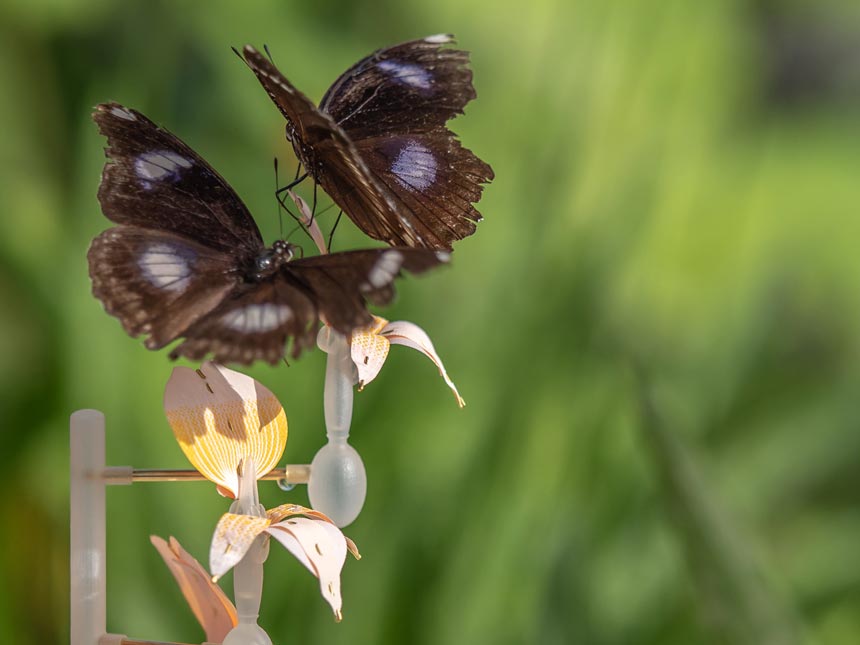
Next imagine, a composite material that can host life. Specifically, Viral Nature, by Martina Taranto, is an 84% organic composite material embedded with plant seeds, that may be cast into complex structures that can later turn to living botanical sculptures. However, these outdoor pieces will not create waste as they perish and crumble over time. Instead, they “decay and, like every natural creation, peacefully return to the land.”
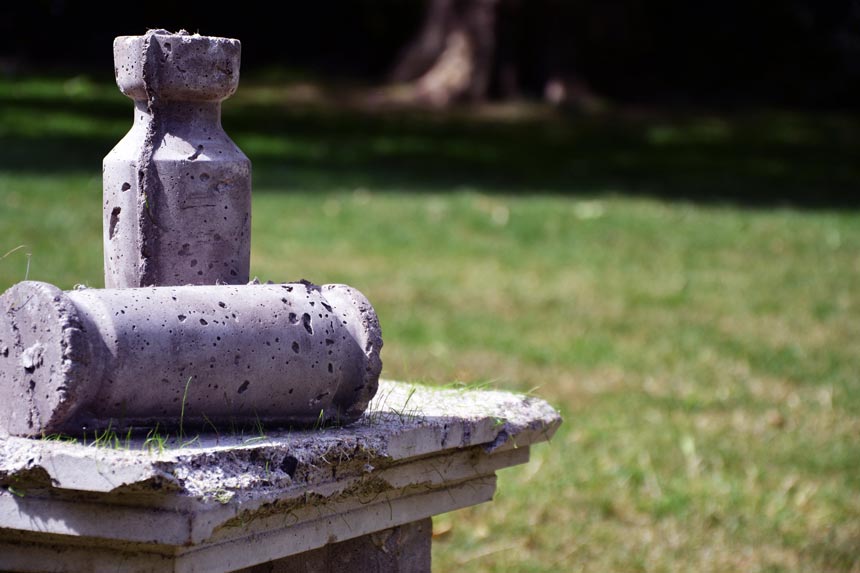
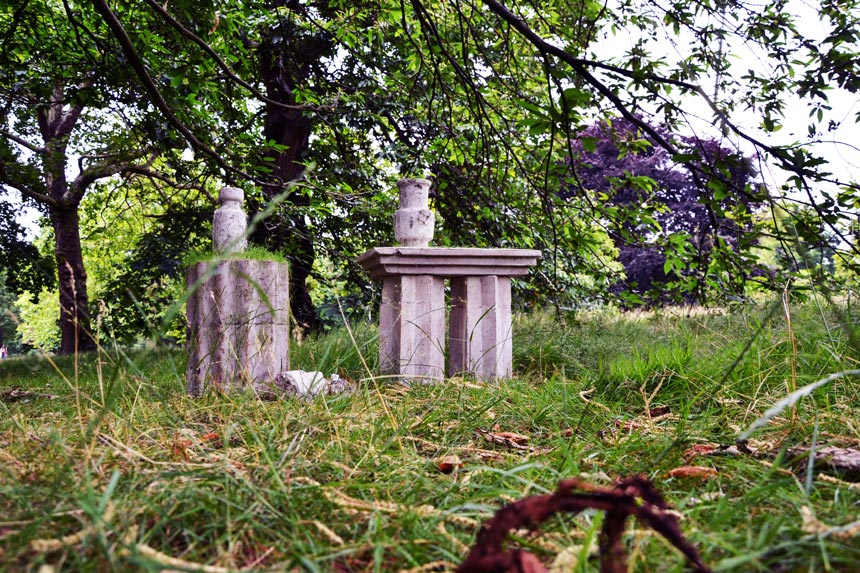
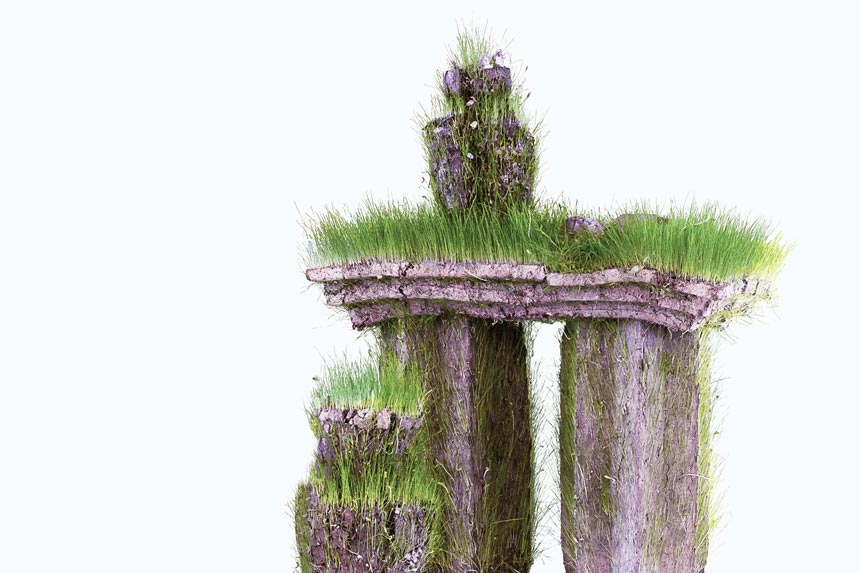
The Debris Stool by Ruben Scheuermann is made of debris from former buildings and or furniture. So this beautiful seat acts as reminiscence. All the while, the use of such an unconventional material, like debris, goes to show that there are aesthetically pleasing and innovative ways to use materials as such.
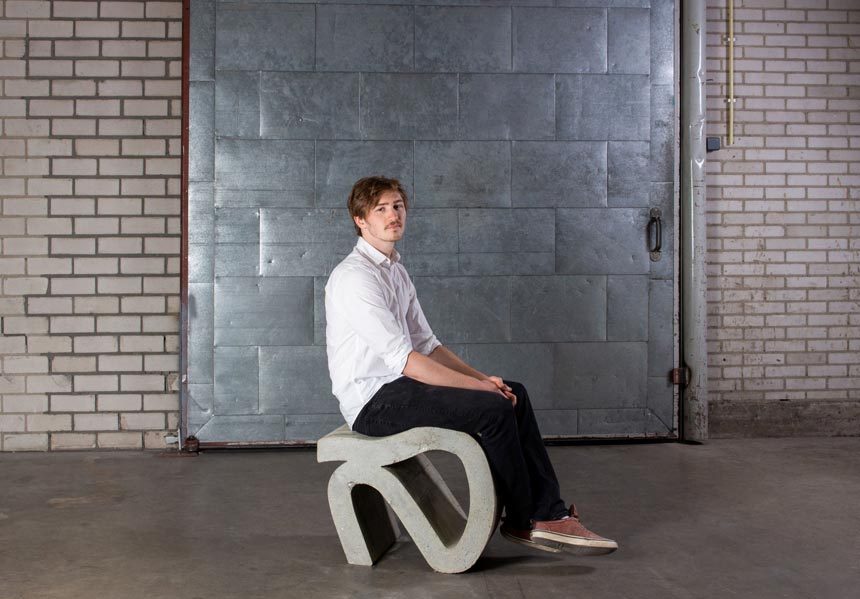
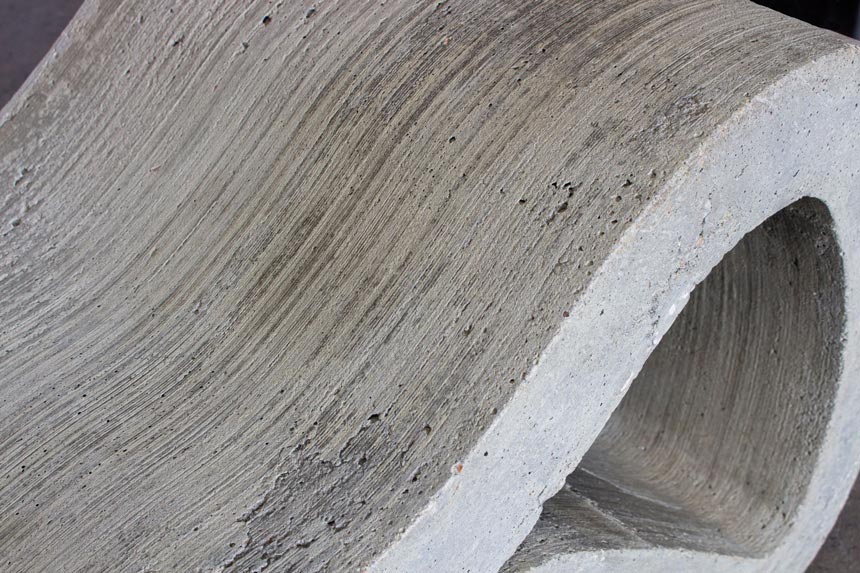
And on this note, have a look at a flexible, modular acoustic partitioning system with an eco ethos designed by Bock Studio. This acoustic divider with its biophyllic aesthetic is designed to address issues of privacy and focus in open-plan office environments, shielding workers from external stress factors. Hence, the wellbeing of the employees can improve significantly.
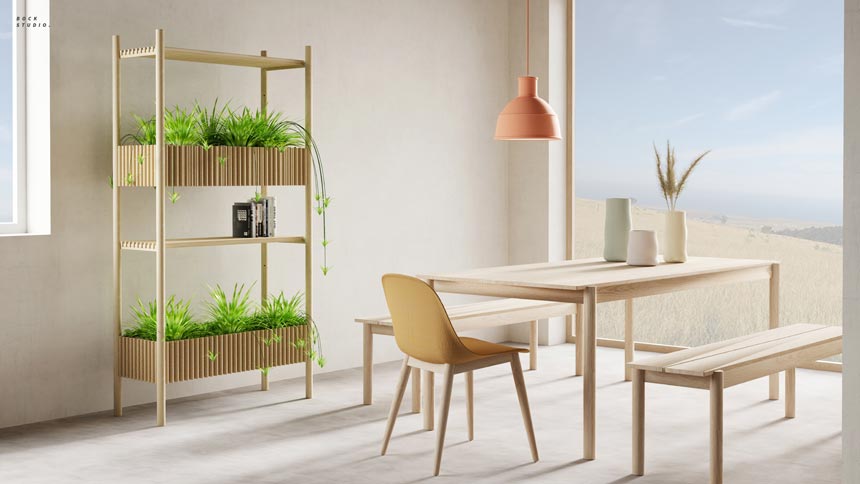
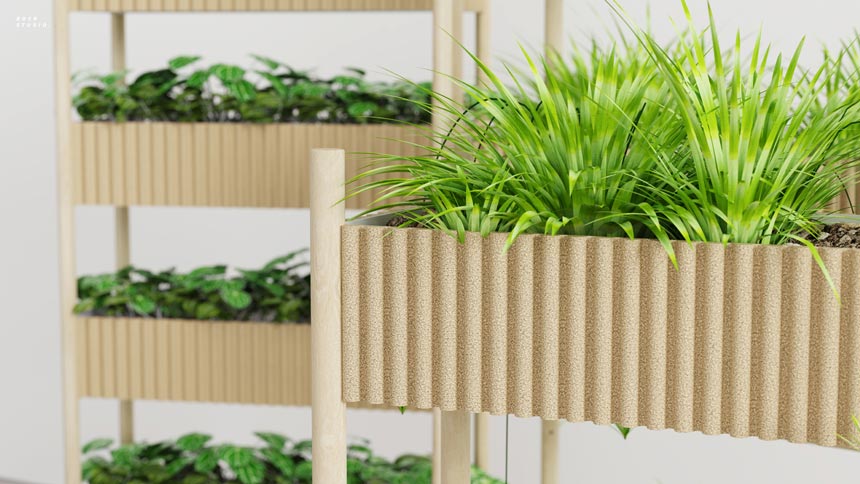
Lastly, I was fascinated by the Illusory Material “a design philosophy, computational workflow that enables the designer to create material with dynamic color & texture in a controlled way.” In other words, the designer can restructure and re-invent the properties and attributes of ‘matter’ to create unique expressive experiences. It actually puts a designer in control of things that were once only possible in a digital world. So imagine the endless possibilities and applications of that!
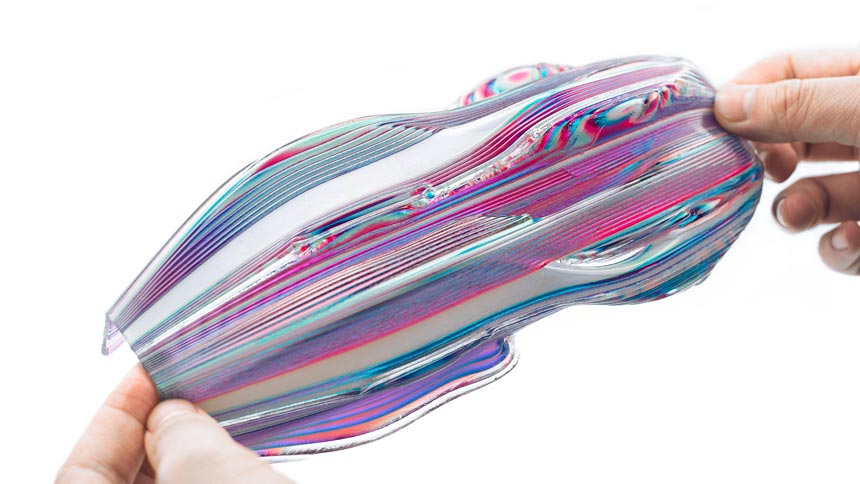
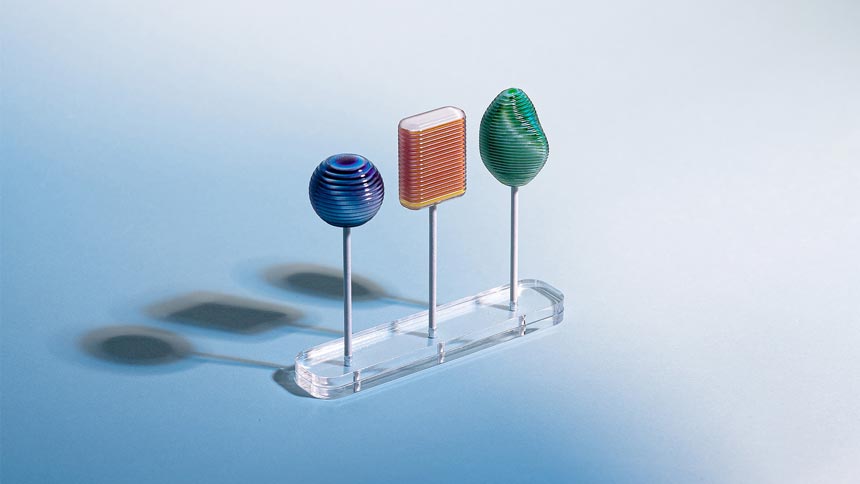
Afterthoughts
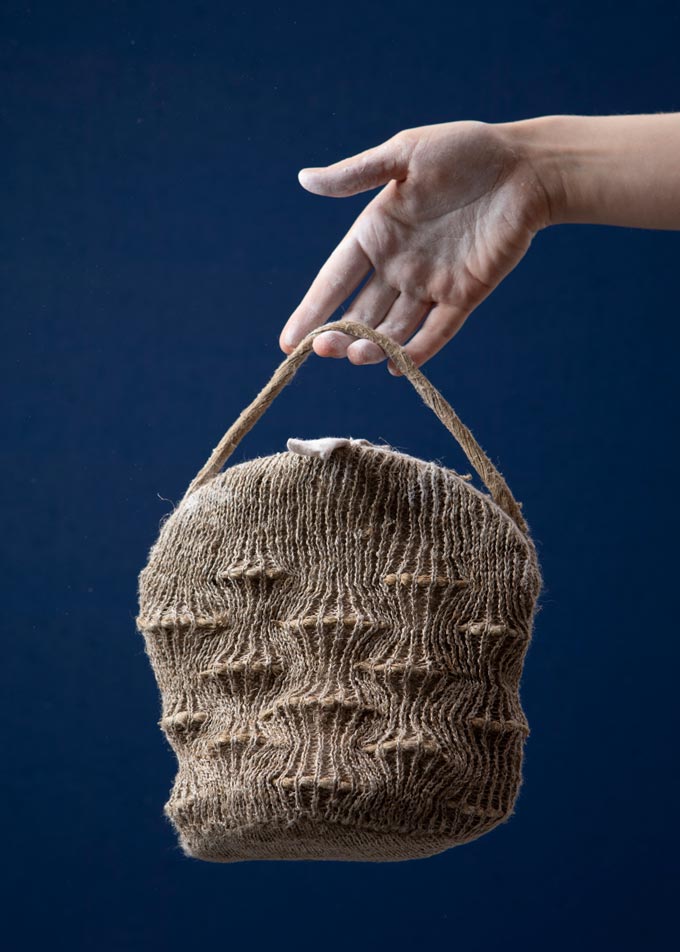
Needless to say, that there are many more design innovations that are exciting. Take for instance, Anna Wetzel’s How&WowLinen project that “made knitted prototype garments and accessories for outside bouldering.”
In every case, each of the design innovations presented above has its own weight and merit. Some are eco pioneering projects, or sustainable products, while others help redesign society. Yet, I find them equally fascinating for they signal the changes that will come about with regards to our living experience.
Hopefully, design innovations of this kind will help us re-connect and build more meaningful relationships, especially with mother nature as we will ultimately assume the role of the guardians of life. Because design, science and technology combined with good will can save our planet.
Cheers, xo



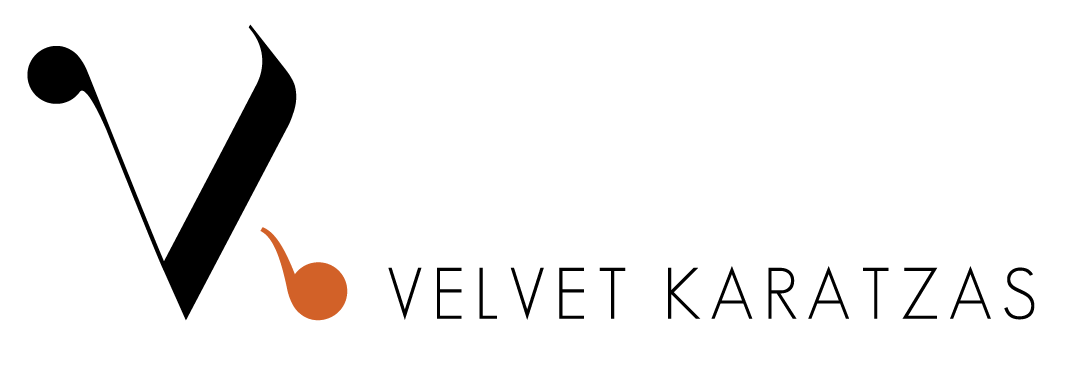

What a beautiful article! It makes you hopefull,indeed! 🙂